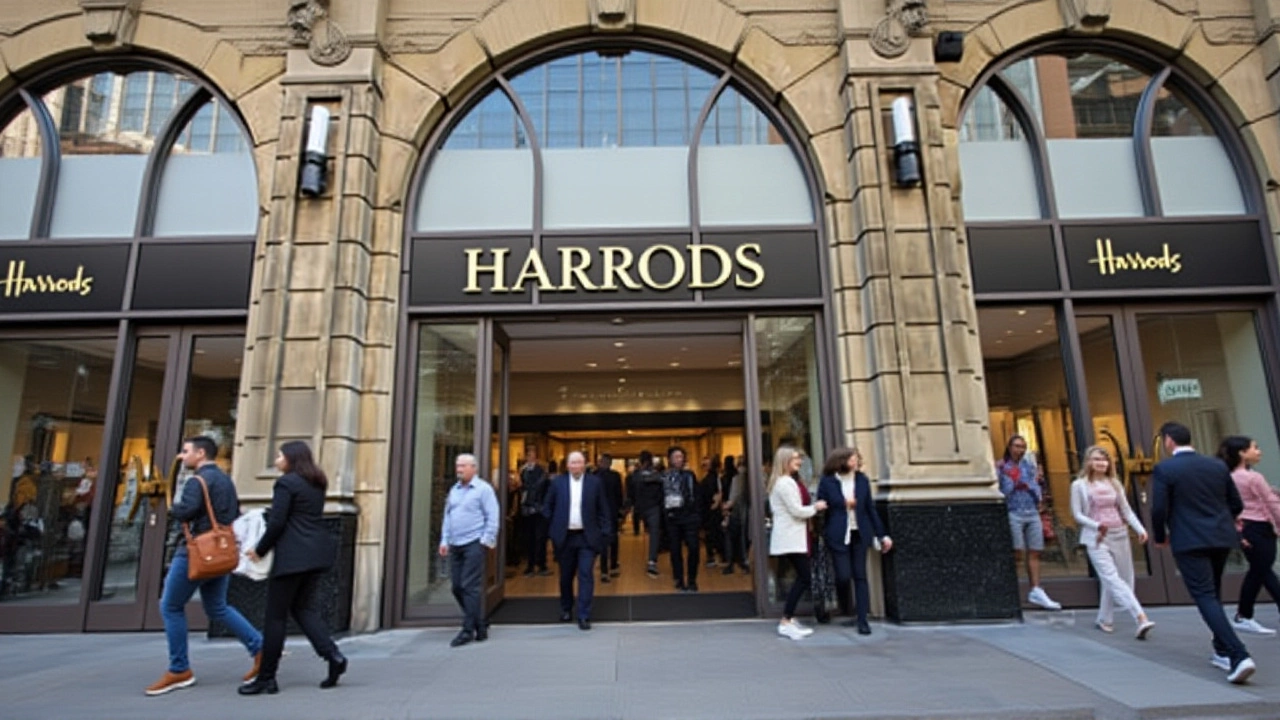What happened at Harrods?
Last week the iconic Knightsbridge department store discovered that someone was trying to break into its digital systems. The breach attempt was serious enough that Harrods shut down internet access on every computer in its network, a move most shoppers won’t even notice but that tells you how high the stakes are. While the retailer hasn’t confirmed whether any customer data was actually stolen, it has promised to work hand‑in‑hand with cyber‑security specialists and police to get to the bottom of the incident.
What makes this episode stand out is the speed of the response. Within hours of spotting the intrusion, IT teams rolled out a blanket restriction on web traffic, effectively sealing off the most vulnerable entry points. That kind of pre‑emptive action is rare in the retail world, where many firms wait until a breach is confirmed before locking things down.
The incident mirrors a pattern that’s been unfolding across Britain’s biggest stores. Earlier this spring, Marks & Spencer fell victim to a ransomware strike that forced the chain to pause all online orders and cripple its automated stock system for days. That attack, tied to the notorious Scattered Spider gang, exposed names, addresses and order histories of millions of shoppers, and analysts estimate the fallout could cost the retailer up to £300 million.
Just days after the M&S breach, Co‑op reported suspicious activity that appears to be part of the same wave of attacks. While the details are still murky, the timing suggests a coordinated campaign targeting the retail sector’s digital backbone.
Broader impact on UK retail
Why are criminals so keen on retailers? The answer is simple: they sit on a gold mine of personal data and run complex e‑commerce ecosystems that are often riddled with hidden gaps. Every loyalty program, online checkout and inventory tracker is a potential doorway for hackers.
Security experts say the current wave is a stark escalation. Gone are the days of generic phishing emails; attackers now employ custom-built malware, zero‑day exploits and sophisticated social engineering to bypass traditional defenses. The result is not just data theft but operational paralysis, as seen in the M&S Easter weekend shutdown.
Industry insiders are sounding the alarm. They recommend a multi‑layered approach: regular penetration testing, real‑time network monitoring, and a robust employee training program that teaches staff to spot suspicious activity before it becomes a full‑blown breach. Some analysts even suggest that the UK government should consider mandatory cyber‑security standards for large retailers, similar to financial sector regulations.
For shoppers, the takeaway is to stay vigilant. Using strong, unique passwords, enabling two‑factor authentication on retail accounts, and regularly checking credit reports can add a personal layer of protection. While retailers like Harrods are scrambling to tighten their defenses, the responsibility for data safety is shared.
The Harrods cyber-attack may be the latest headline, but it’s part of a larger story about how digital commerce is evolving—and how quickly the criminals behind it are evolving with it. As retailers pour resources into fortifying their networks, the race between defense and offense shows no signs of slowing down.

